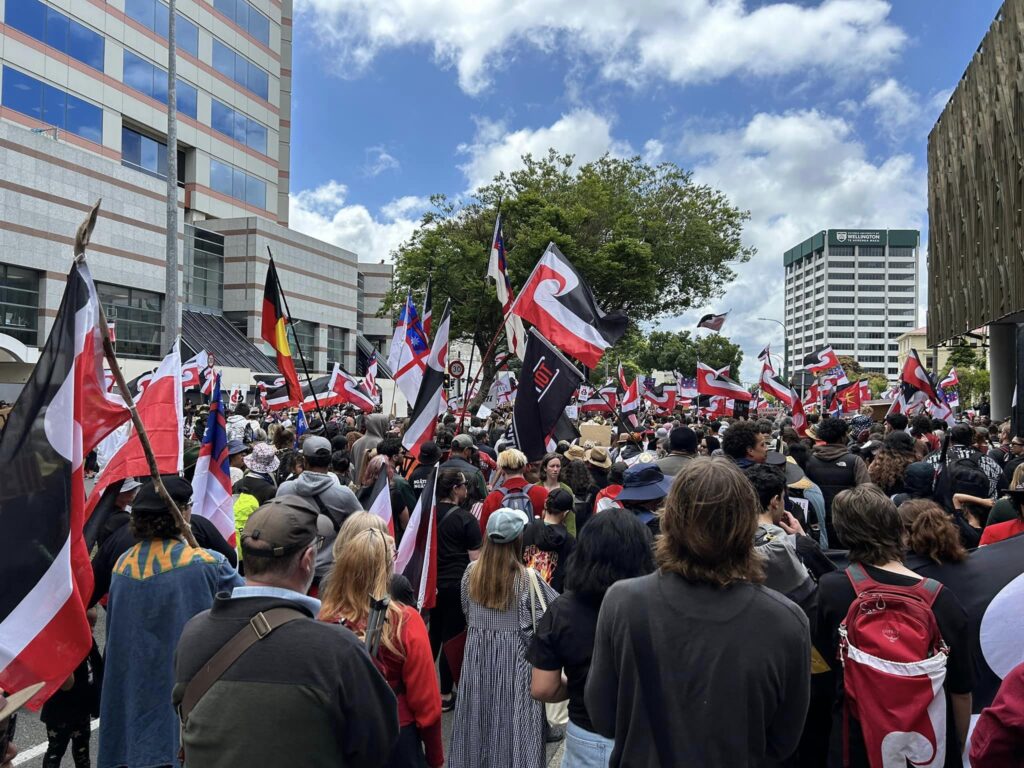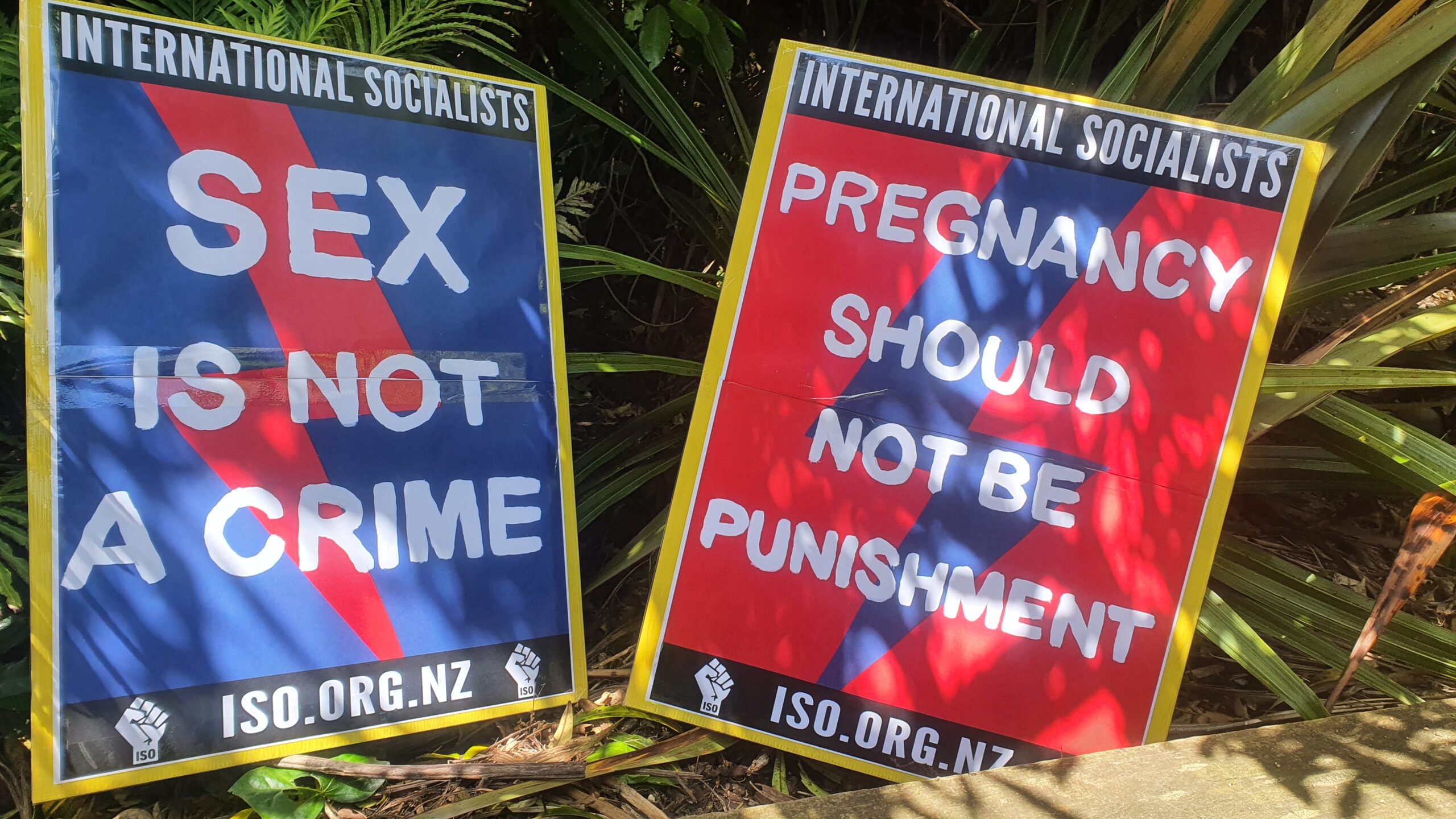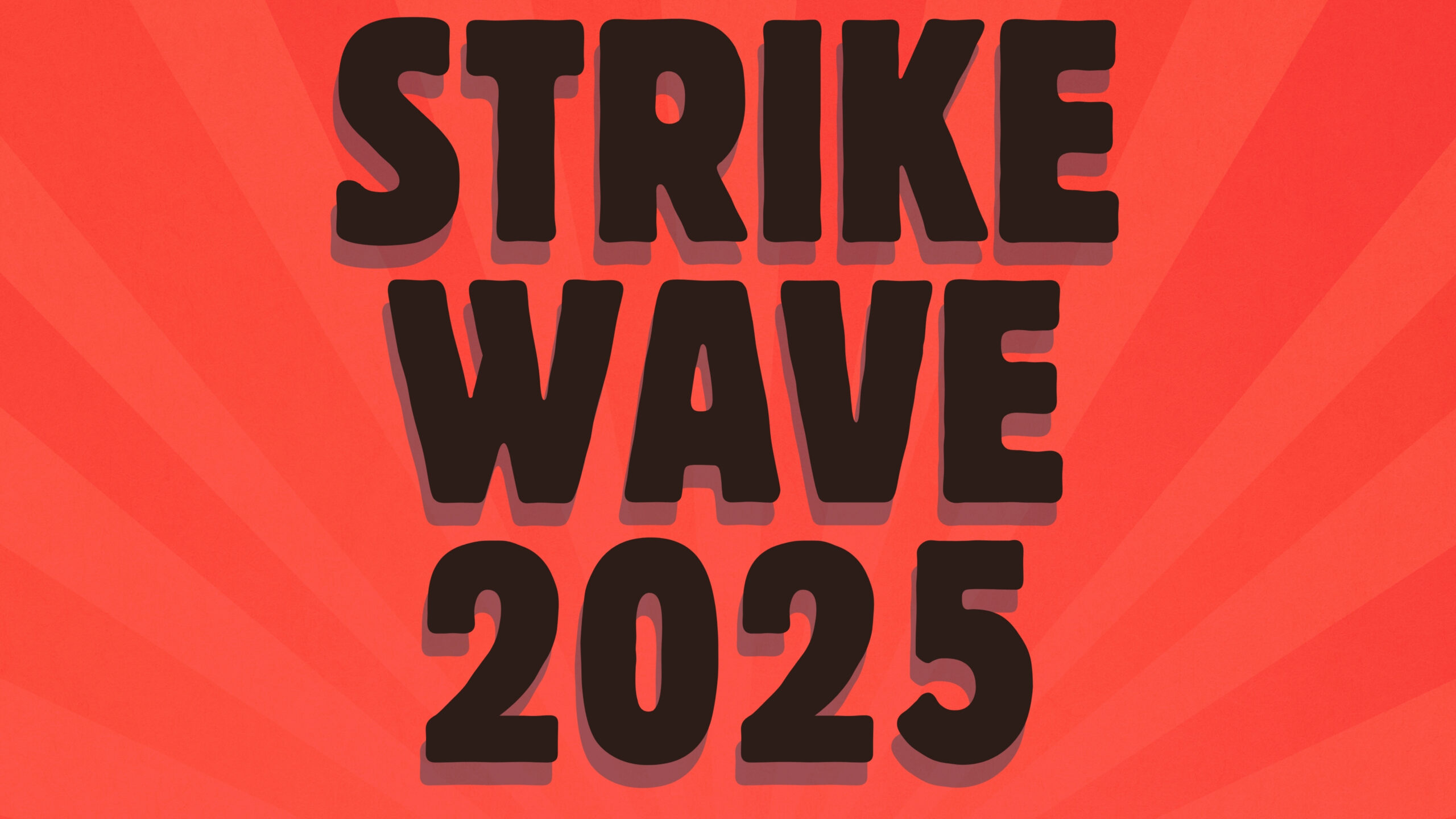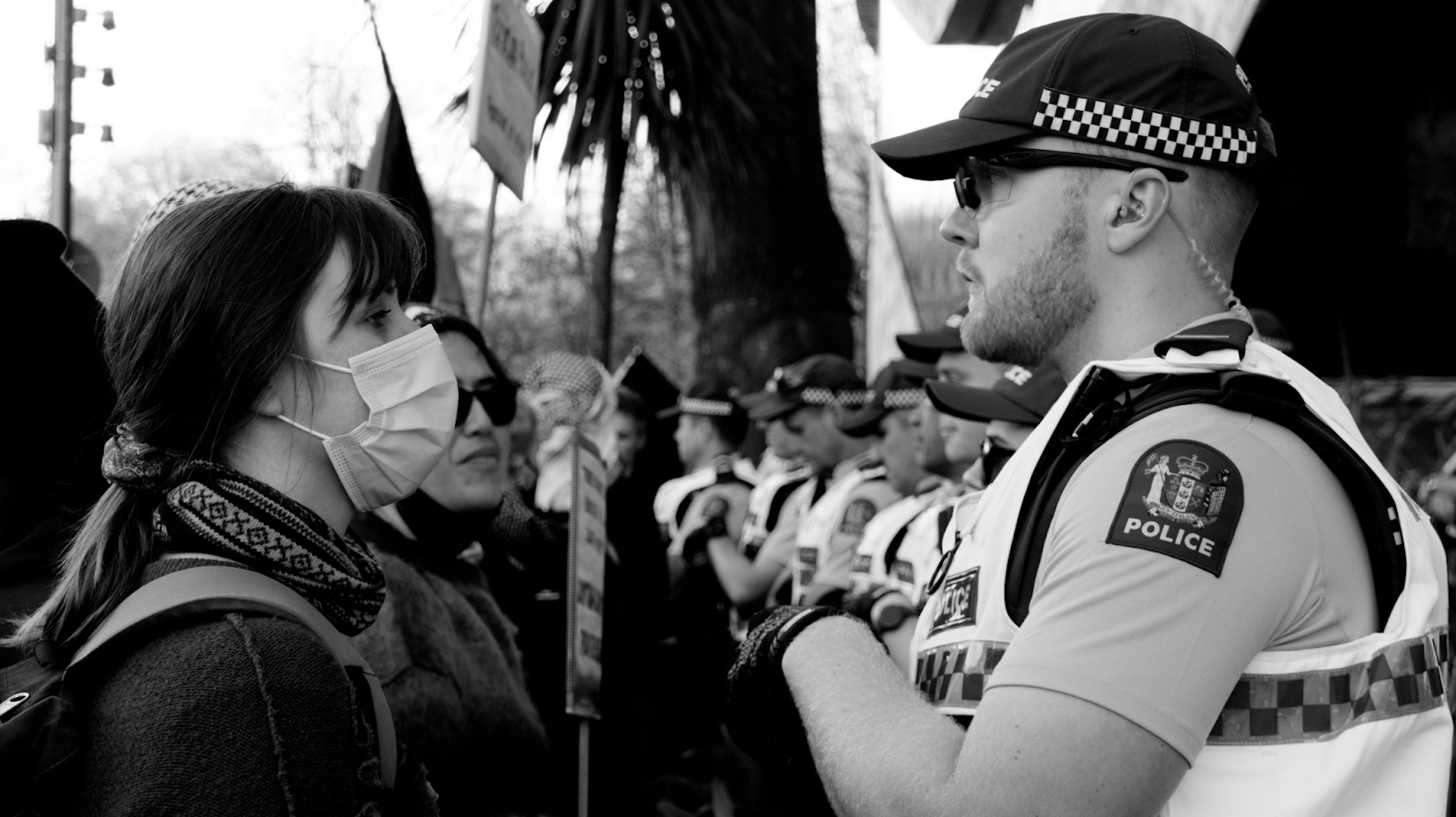All kinds of ākonga – Māori, Pākehā, tauiwi – in and out of uniform were out in full on the Hīkoi mō te Tiriti on the streets of Wellington last week. The Hīkoi will be remembered as one of those events in history, which will be taught in our Aotearoa History lessons, and one as significant as the Māori land march of 1975, the occupation of Takaparawhau-Bastion Point, or the anti-apartheid marches against the Springbok Tour. A 13 year-old high school student to The Post that he was at the hīkoi so he could tell his mokopuna he had stood for Māori. Such was the significance of the day.
With the lead-up to the Hīkoi, the Ministry of Education let down Māori again. A few days before the Hīkoi was to arrive in Porirua, they sent out a directive for schools to “remain politically neutral”, and went on to recommend to boards that students who are absent should consider this absence “unjustified”. Being politically neutral against racism is nonsense. Desmond Tutu, the archbishop in South Africa and longtime anti apartheid campaigner, had this to say about political neutrality: “If you are neutral in situations of injustice, you have chosen the side of the oppressor”. The Ministry has once again chosen to be on the side that oppresses Māori.
Despite this directive, tauira (students), kaiako (teachers), and kura (schools) across the motu heeded the call of the organsiers of Toitū Te Tiriti and came out in our thousands to stand in solidarity with Māori and Te Tīriti, in defiance of the Ministry’s directives and the Government. One student interviewed on One News said that her school was supportive of students going on the Hīkoi and would mark their absence as justified. This is what all schools should be doing.
David Seymour’s Treaty Principles Bill cuts against the attempts that schools across the country have been working to collaborate with mana whenua and to uplift the educational success of our akonga Māori. This country’s education system has a shameful and racist history of banning the use of te reo Māori in the classrooms, and undermining or belittling the history of tangata whenua.
Te Tiriti is also enshrined in the Education and Training Act. Not to mention that Te Tiriti is at the heart of what it means to be a registered teacher in Aotearoa. According to this, as a teacher we must “demonstrate commitment to tangata whenuatanga and Te Tiriti o Waitangi partnership in Aotearoa New Zealand.” In issuing their directive, the Ministry is out of step with the legal and educational framework.
David’s Seymour attempts to divide us with the Treaty Principles Bill. But he has united us under the banner of Toitū te Tiriti.
Banner image credit: Jill Bowie









